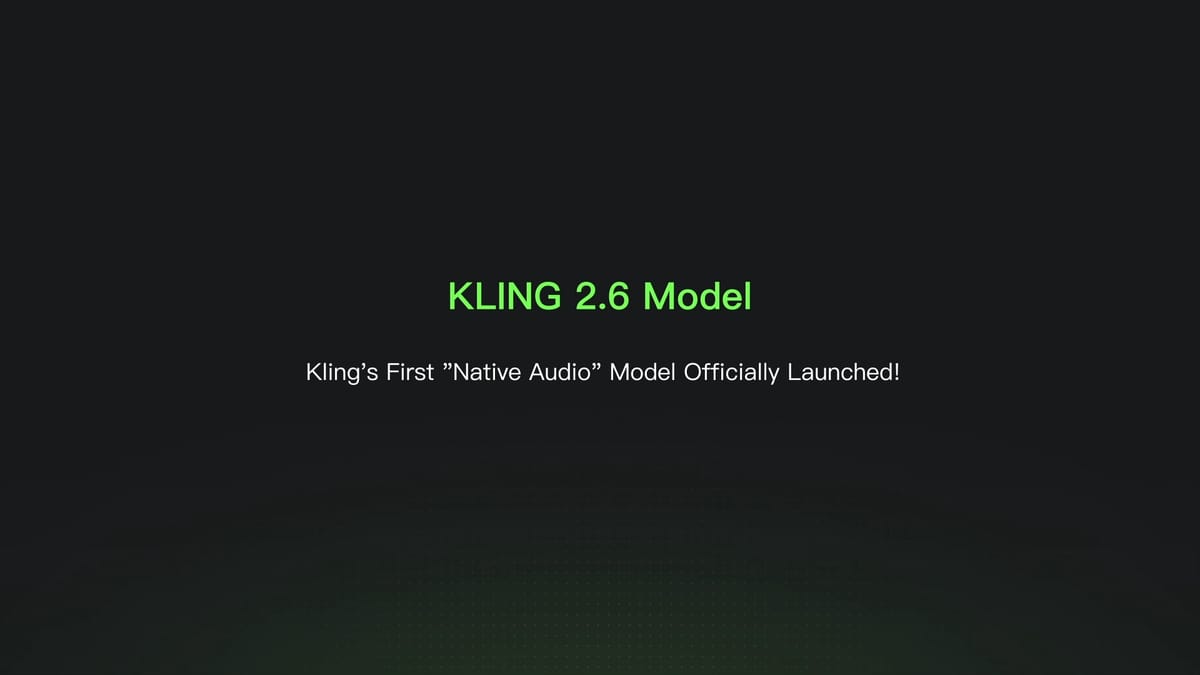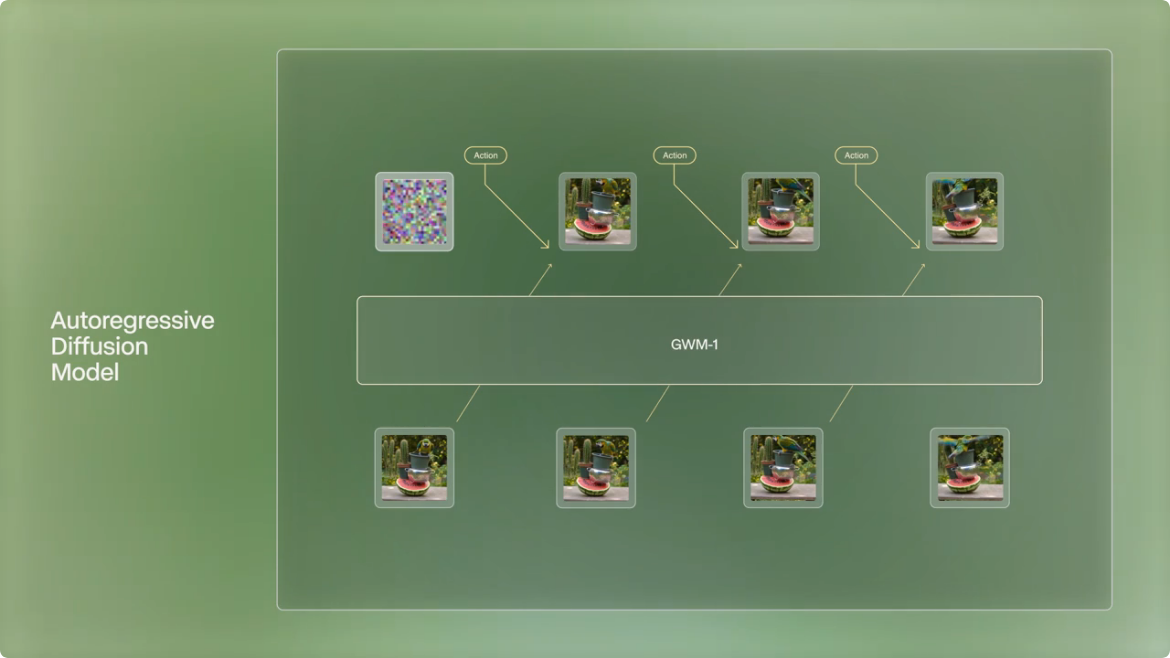Last week, some major tech companies announced they were joining forces to propose and organize the development of a new open standard for connecting specialized AI accelerator chips in modern data centers. The newly formed Ultra Accelerator Link (UALink) Promoter Group includes members like Intel, Google, Microsoft, Meta, AMD, HP, Broadcom, and Cisco, with Arm potentially joining later. The proposed specification would strive to become an industry-wide solution to link up several accelerator types, from GPUs to custom-designed solutions, thus optimizing the stages of AI model development.
The first version of the standard, UALink 1.0, will connect up to 1024 GPU-type AI accelerators across one or more racks in a server (these groups racks are also known as 'pods'). UALink 1.0 is based on open standards, including AMD’s Infinity Fabric, which enables direct loads and stores between the accelerator-attached memory. According to the UALink Promoter Group, this achieves speed boosts and lowered latency if compared to existing interconnect specifications.
A driving motivator behind the UALink Promoter Group is the increasing reliance on NVIDIA as the almost exclusive AI accelerator provider. With AI accelerator revenue projected to hit $33 billion by 2025, NVIDIA is poised to overthrow Apple as the world's second-most valuable company before year's end. The company's absence from the Group is notable and understandable, as was Amazon's AWS since the latter has NVIDIA as a major provider and may also be focusing on its in-house AI accelerator development.
In Q3, 2024, the UALink Promoter Group will create a consortium to oversee the development of the UALink spec. UALink 1.0 will be made available in parallel with the UALink Consortium formation, while an updated spec, the UALink 1.1, has a tentative Q4, 2024 arrival date. Microsoft, Meta, and Google are set to benefit the most from the initiative, as they are looking to wean themselves off their dependence on NVIDIA after spending billions on NVIDIA GPUs.





Comments